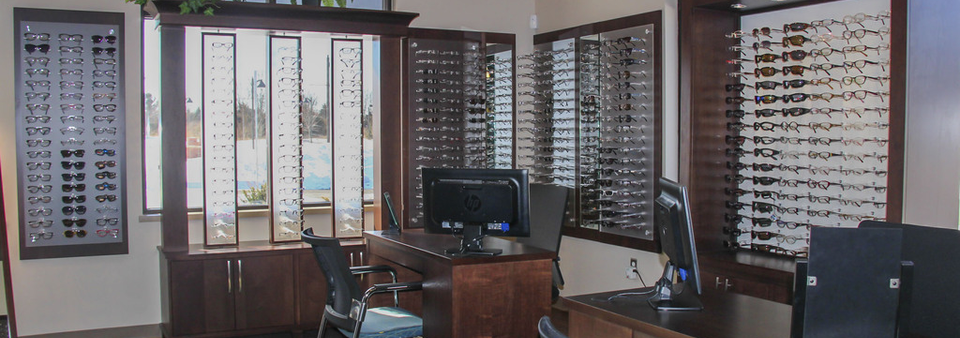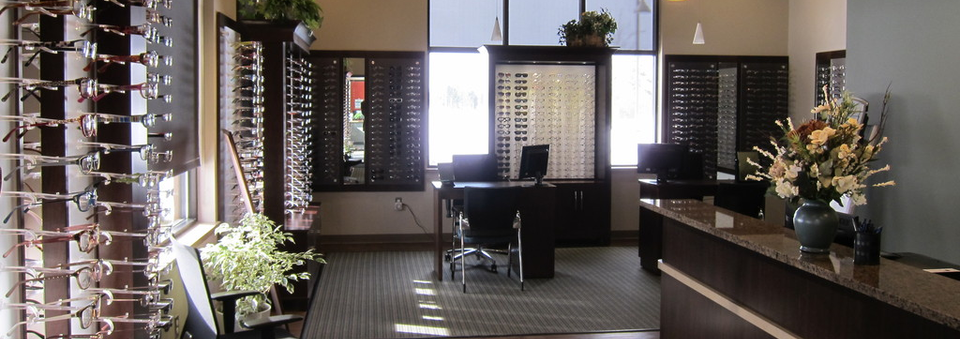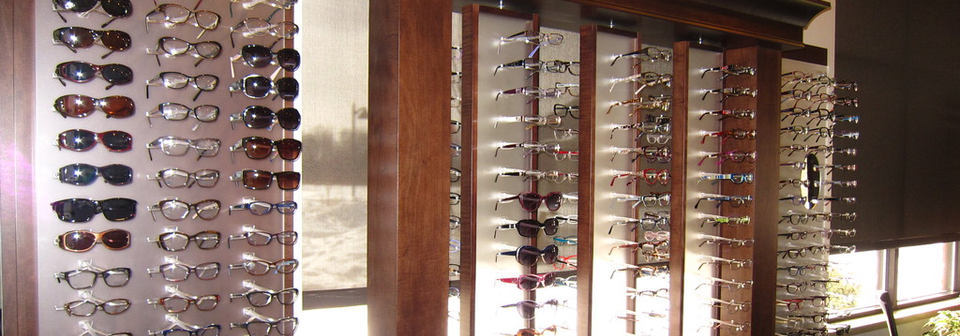Amblyopia, also known as lazy eye is the deficiency in central vision development caused by the inability of both eyes to function in unison. In the majority of instances of ambylopia the actual eyes are typically in good health however good vision cannot be achieved by just the use of prescription glasses. If untreated amblyopia can result in severe visual impairment, including loss of sight in the affected eye.
Amblyopia is the most common cause of sight impairment in childhood. Usually beginning as an infant developmental issue, the disorder can be challenging to discern. Unless it is adequately treated early on, the chance of obtaining normal vision is reduced. Patients that don’t start treatment until adolescence or adulthood often find that it takes longer and is less effective.
This is why it is important to have your child’s eyes and vision tested early on in development. The American Optometric Association recommends that children receive a comprehensive optometric exam by six months and another at age three.
Causes of Amblyopia
Lazy eye occurs when the eyes or visual system do not function in unison. One common cause is strabismus, an imbalance in the location of the eyes. Strabismus can cause the eyes to cross in (esotropia) or turn out (exotropia) and therefore aren’t able to work together. Sometimes amblyopia is caused when one eye is more nearsighted, farsighted, or astigmatic than the other eye. This condition is called anisometropia. On occasion, amblyopia is caused by other optical diseases such as a cataract or another anatomical cause.
Treatment for Amblyopia
Amblyopia is treated by efforts to attain optimal visual acuity to both eyes. Along with the use of prescription eyeglasses or contacts, the most common way to do this involves strengthening the weaker eye by occluding the stronger. There are a number of options to achieve this and the treatment is selected according to the individual situation and the decision of the optometrist.
Frequently doctors will prescribe patching, where a patch is used to cover the good eye. This compels the patient to use the weaker eye, which promotes vision in the weak eye and helps the visual system in the brain develop properly. Nevertheless this treatment is dependent upon cooperation of the patient to use the patch, which can be a problem with many children.
An alternative to patching is the use of a drug called atropine. When a drop of atropine is placed in the better eye, this will impair the sight to stimulate the patient to use the weaker eye.
Occasionally vision can be improved by vision aides alone, such as prescription eyeglasses or contact lenses that improve vision in each eye, however this is not typical. Additionally, vision therapy to teach the eyes to operate in unison or in some cases a surgical procedure might also be tried.
Since lazy eye involves a disruption in the visual process, younger patients often show more success with treatment. However, there have been many instances where older patients completed successful treatment and therefore anyone who suspects they or their child has lazy eye should consult as soon as possible with their eye care professional. If you are looking for amblyopia treatment in Hamburg, MI, contact us to schedule a visit. The sooner accurate diagnosis and treatment are underway, the sooner we can help repair your vision!






